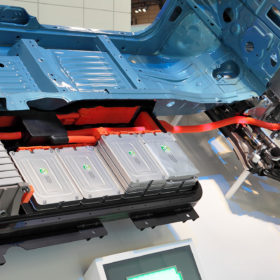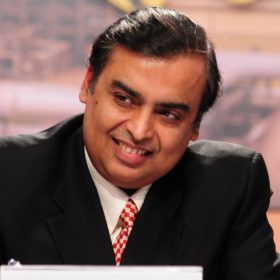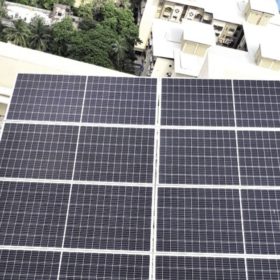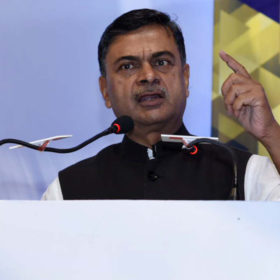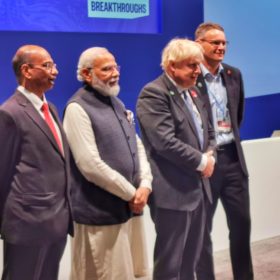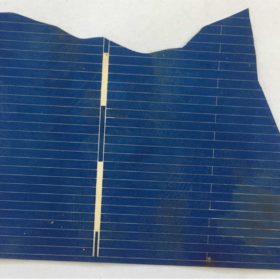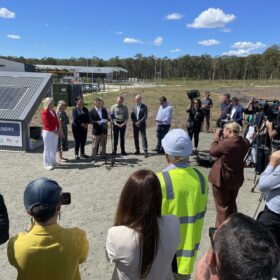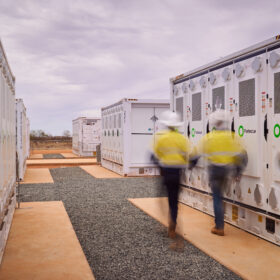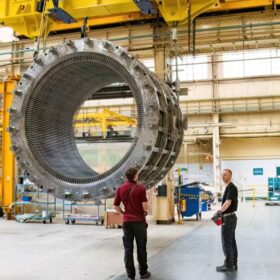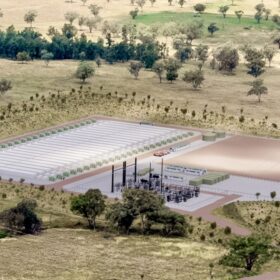Indian battery cell production scheme gets bids for 130 GWh
India’s production-linked incentive scheme for advance-chemistry battery cell production has received bids for 2.6 times more than the 50 GWh of manufacturing capacity it plans to allocate.
Asia-Pacific solar supply chain trouble to ease this year, according to analyst
Wood Mackenzie has predicted solar equipment cost increases will ease back after last year saw the average cost of solar electricity rise for the first time in the Asia-Pacific region.
Reliance Industries to acquire sodium-ion battery provider Faradion
Reliance Industries said its solar unit will buy UK-based sodium-ion battery technology provider Faradion for GBP100 million (AUD$187 million) including debt, as the Indian conglomerate pushes forward with its ambitious plan to move into the renewable energy industry.
Indian manufacturer plans 1.2 GW module fab
Gujarat-based solar manufacturer Solex plans to have 1 GW of cell and 3.7 GW of module capacity operational in 2023.
Sunday read: Up to code for decarbonisation
The International Energy Agency predicts that India will record the world’s fastest growth in energy consumption from buildings through 2040. The energy demand could create a big market for solar installers and equipment providers, particularly in the commercial and industrial sector. While building codes now include provisions for renewable energy integration, effective implementation will be key to ensuring compliance, reports Uma Gupta.
Indian government expands budget for PV manufacturing scheme
The Indian authorities have announced plans to provide more funding to help more manufacturers under its production-linked incentives scheme, which is designed to support gigawatt-scale manufacturing of high-efficiency solar modules.
UK, Indian authorities launch plan for transnational solar super-grid
The International Solar Alliance and the U.K. authorities are leading a global super-grid program that seeks to connect 140 countries to round-the-clock renewable power.
Mathematical model to predict rooftop PV system yield
Scientists in India developed a mathematical model to predict the output of solar cells and modules in the field. The model was developed and tested using both sun simulator and actual installed modules. The scientists state that their model can be applied to a PV installation anywhere in the world, and that by taking into account module degradation over time their forecasts can be as much as 26% more accurate than existing energy yield models.
New tech to recover pure silicon from end-of-life solar cells
An Indian research group has used three different chemicals instead of commonly used hydrofluoric acid to separate silicon from the cell. The technique is claimed to be able to deliver recycled silicon with a purity of up to 99.9984%.
Saturday read: ‘India presents a big market opportunity for us’
Sujoy Ghosh, First Solar’s vice president for India and the Asia-Pacific region, speaks to pv magazine India’s Uma Gupta about the company’s plans to set up a 3.3 GW module fab in India to service the local market.
